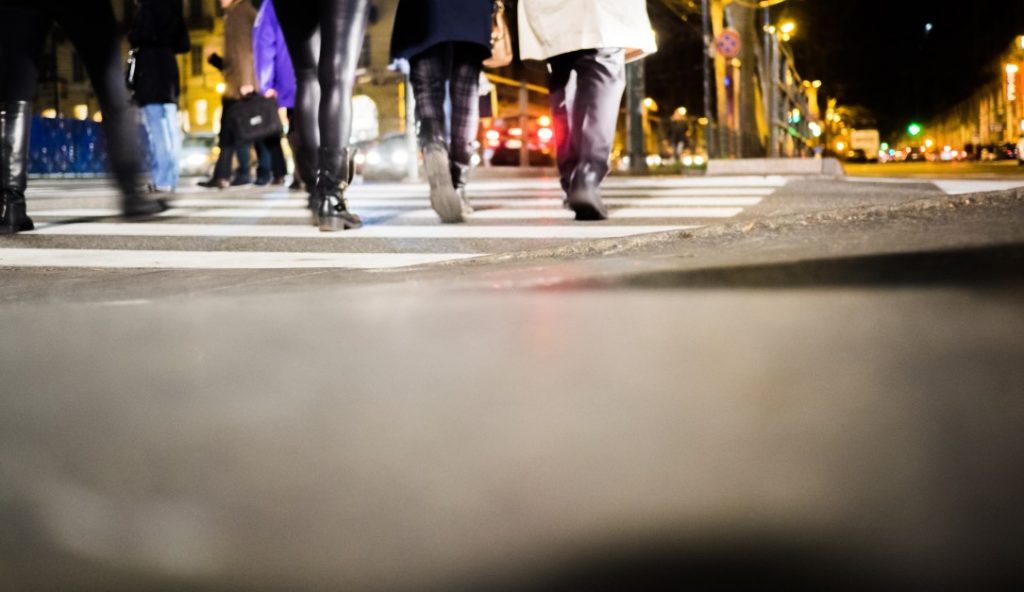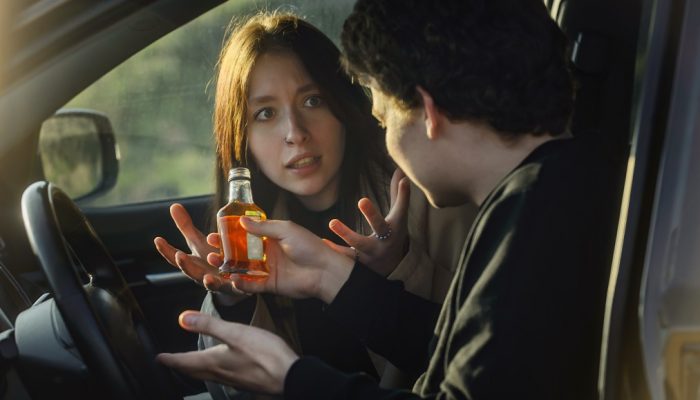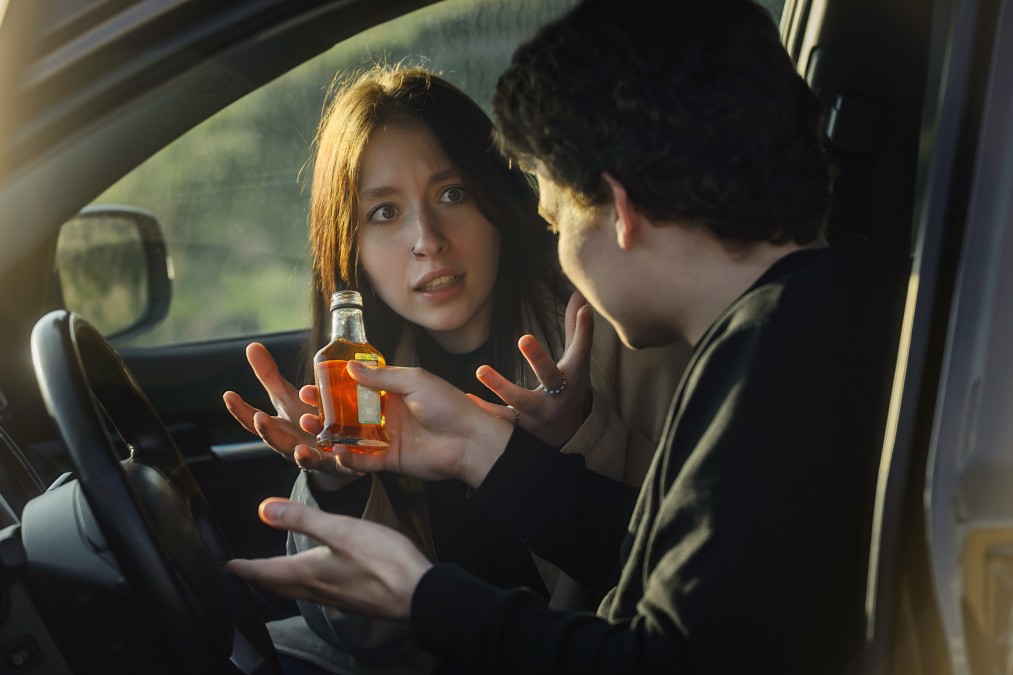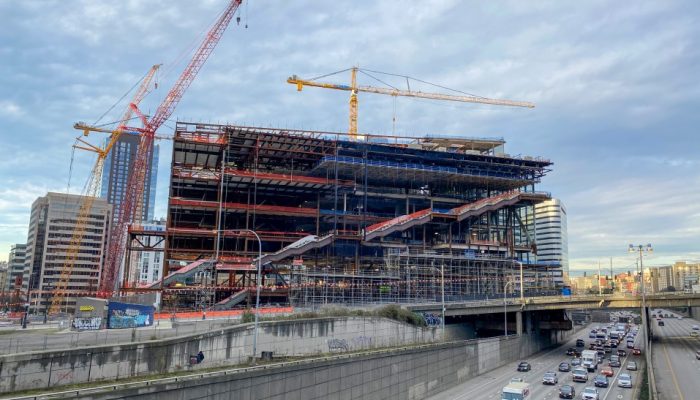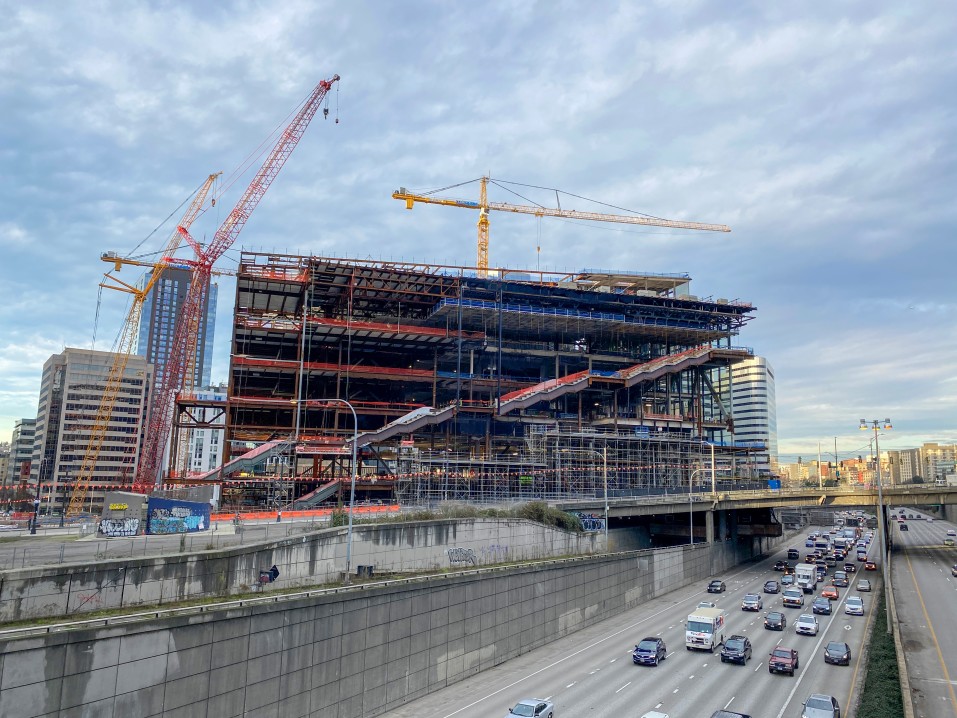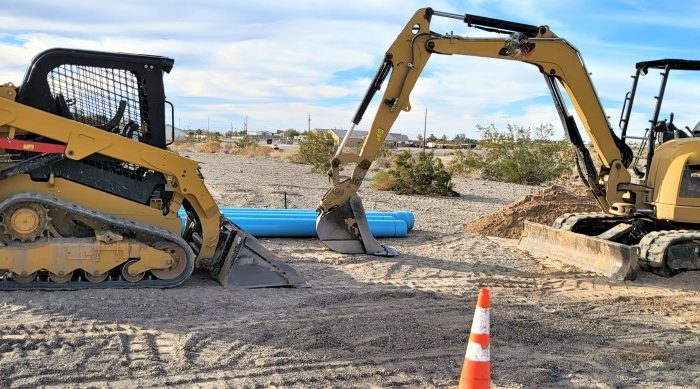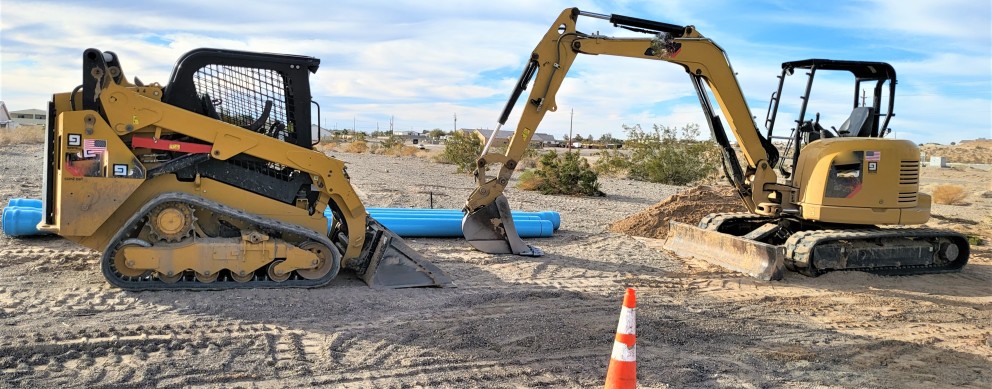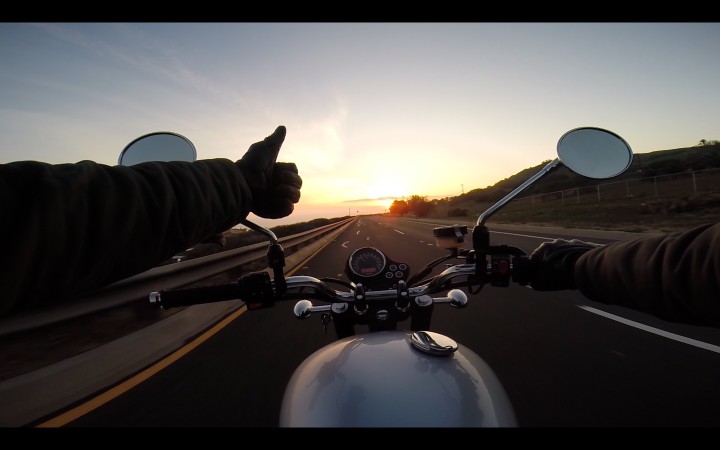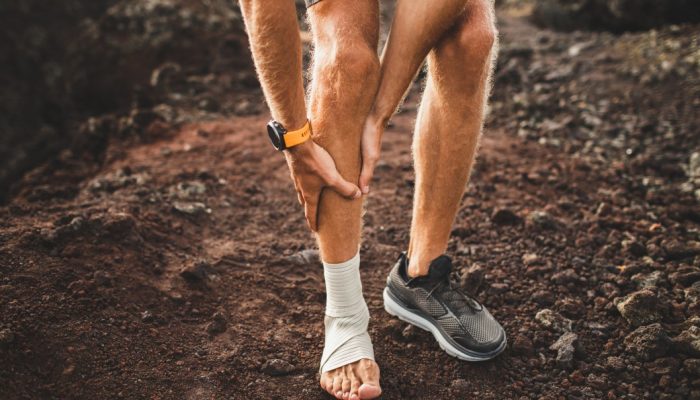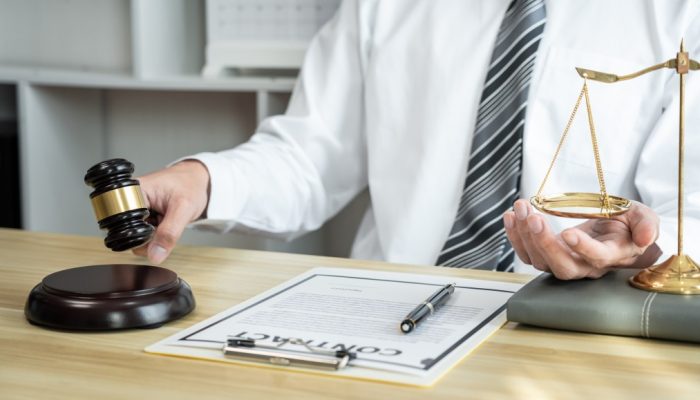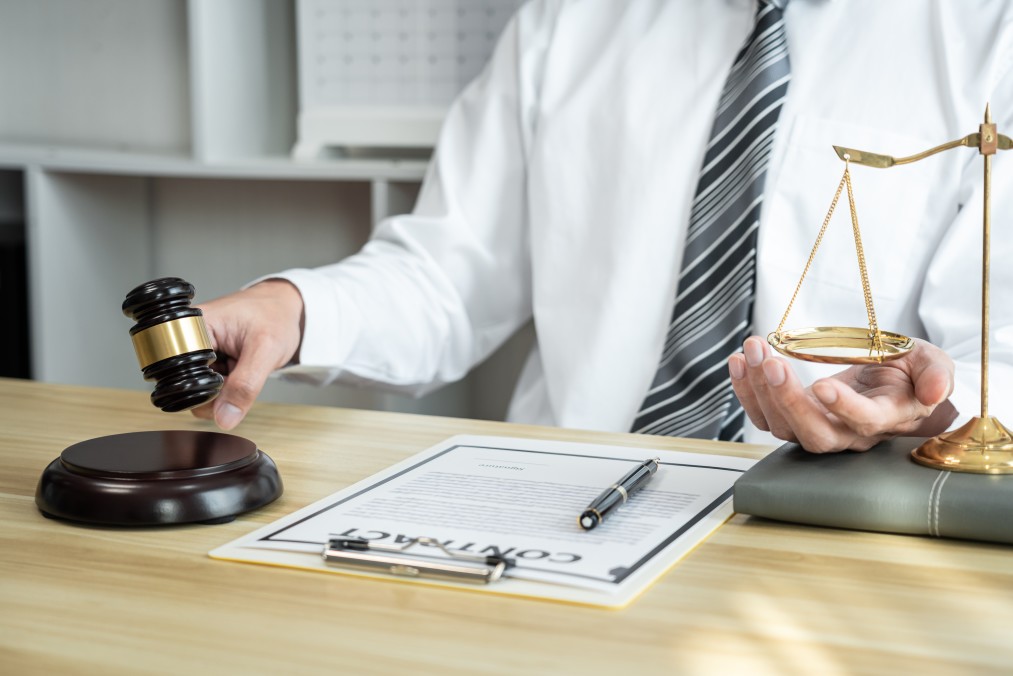If you are a Pedestrian and are struck by a motorcycle, you need to know your rights. A Pedestrian has a duty of care and must use the sidewalk or crosswalk when possible. But what if a Motorcycle driver is negligent and injures a Pedestrian? Here are some things to know if you are a Pedestrian.
Pedestrians have a duty of care
Pedestrians are entitled to reasonable care when they are crossing the street, whether it is a public sidewalk or a roadway. They are not to suddenly exit the place where they normally walk or run into the path of a motor vehicle. In addition, they cannot stop traffic unnecessarily in a crosswalk. If a pedestrian fails to exercise reasonable care, the driver does not have to give their full attention to the pedestrian.
A motorist is also required to stop before crossing a street in a crosswalk. Drivers must give way to pedestrians crossing the street in crosswalks. In addition to stopping at traffic signals, drivers must stop for pedestrians in crosswalks on the half of the crosswalk in which the car is traveling. Pedestrians are entitled to the same protections as pedestrians in crosswalks.
Although pedestrians have the right of use of the road, this does not give them the right to sue for injuries sustained in a car accident. A negligent motorcycle driver may be deemed careless if they are not careful enough. Drivers may be distracted, drunk, tired, or just fumbling with their phones. Even if a driver has the proper insurance and is not negligent, they may still be liable for a pedestrian’s injuries.
Regardless of who is at fault in a pedestrian-motorcycle collision, the driver must take reasonable steps to avoid striking a pedestrian. According to California traffic law, drivers must yield to pedestrians and stop for pedestrians at crosswalks. Drivers must be alert for pedestrians crossing streets or roads. This duty of care is even more important when the collision involves several people.
It is difficult to determine whether a pedestrian has a duty to exercise care when crossing the street on a motorcycle. However, in general, pedestrians must yield to motorcycles while crossing the street. If the pedestrian doesn’t obey the law, motorists could be held responsible for the accident in some states. Drivers must ensure their vehicle is under control at all time and anticipate pedestrians.
Motorists need to be careful
Drivers are legally required to use due care when crossing pedestrians and crosswalks. This duty is higher in many states for pedestrians, especially children. But pedestrians cannot just cross the street without taking proper care. If a pedestrian fails to exercise care when crossing a street or roadway, they are guilty of contributory negligence. Here are some tips for drivers crossing pedestrians’ paths.
Drivers must yield the right-of-way to pedestrians. They also need to slow down and stop when approaching pedestrians who have the right of way. This means that motorists must not cut off a pedestrian in a crosswalk, nor can they reverse their course if the pedestrian suddenly steps into the roadway. If a pedestrian is observed, motorists should slow down or avoid stopping traffic at a crosswalk.
In Massachusetts, vehicles must yield the right of way to pedestrians within 10 feet of a roadway. In contrast, in Georgia and Hawaii, motorists must yield to pedestrians when they are in a marked crosswalk. In both states, pedestrians should be kept at a safe distance from vehicles. Pedestrians should always use sidewalks and make sure to keep a safe distance from cars.
Pedestrian safety is of vital importance. Traffic accidents cause thousands of deaths each year. While it’s important for drivers to be aware of the risks associated with pedestrian accidents, the laws regarding distracted walking are not clear enough to determine the responsible parties. For this reason, pedestrian safety is the responsibility of both drivers and pedestrians. By following pedestrian safety laws, we can prevent these tragedies from happening to anyone.
Pedestrians should always wait for a WALK signal before stepping onto the road. If there is no push button at the intersection, WALK signals will be given automatically. Pedestrians need to be aware of approaching cars and crossroads. Drivers should not be distracted while approaching crosswalks. To avoid being hit by a car, pedestrians must be alert and wear reflective clothing.
Pedestrians should use sidewalks
Always cross the street in the designated crosswalk. It is best to walk on the sidewalk if there is none. Avoid distractions like cell phones and walk on the shoulder facing traffic. If possible, wear reflective clothing. While walking in a crosswalk, drivers must yield to pedestrians and must slow down for pedestrians. They must also not pass a stopped vehicle or stop completely in a crosswalk.
Many municipalities require that pedestrians use the sidewalks. Although pedestrians might not have an issue with sidewalks, runners, or people with disabilities may have issues with them. They prefer the concrete and asphalt of the road. Even if you are in a crosswalk, it is still advisable to use sidewalks. The laws in Arizona require pedestrians to use sidewalks. Here’s why.
California law requires motorists to yield to pedestrians in crosswalks. Motorists must exercise due care to avoid collisions with pedestrians, and they must sound their horn if necessary. When pedestrians are not in a crosswalk, it’s also possible for drivers to be found negligent in failing to yield to them. These riverside motorcycle accident lawyer can help motorists avoid liability for pedestrian injuries.
Pedestrians should use sidewalks whenever possible and should walk as far as possible on the roadway shoulder if necessary. In the event that they’re hit by a motorcycle, it is important to use sidewalks and crosswalks to avoid getting struck by the vehicle. Depending on the circumstances of the accident, the steps to take may vary. If the pedestrian is injured because of the fault of another party, they may be eligible for compensation under the no fault insurance policy.
Alabama law requires motorists to yield to pedestrians in crosswalks. Motorcyclists must slow down and yield to pedestrians. Motorcyclists must also obey traffic laws and signals. Pedestrians must use sidewalks, unless there is a bike lane. When walking on a road without a sidewalk, pedestrians should remain visible and wear bright clothing.
Pedest suffers soft tissue damage
Many soft tissue injuries are suffered by pedestrians who are struck by motor vehicles. These include sprains and sprain-like injury, lacerations, tears, dislocations, and lacerations. These injuries can cause severe pain and long-term complications, including permanent scarring. Broken bones can cause long-term issues and even lead to amputations.
Most people suffering from soft tissue damage in accidents are unaware that their injuries are even possible. This type of injury is often severe and requires long-term medical care. Serious injuries can result in severe injuries that could lead to large medical bills and lost earnings due to work absence. Personal injury lawyers can help victims get compensation for their injuries. Here is what you should know about soft tissue injuries and how they can affect your life.
Oftentimes, pedestrians are struck by a motor vehicle, which is not equipped with the protection of a motorcycle. This means that pedestrians are more likely to suffer serious injuries. A direct blow to the head can cause a concussion. Concussion symptoms include headaches, depression, and dizziness. Direct trauma to the spine can result in a fractured bone, or even a severe fracture.
Motor vehicle striking pedestrians in crosswalks can result in serious injuries or even death. Soft tissue injuries can lead to long-term hospitalization, extensive rehabilitation, and the need for medication and assistive devices. Family members may have to provide 24-hour care for their loved ones who are injured. This could prove to be a devastating situation for their loved ones and their families. What can you do if you are struck by a motor vehicle at a crosswalk or other dangerous situation?


